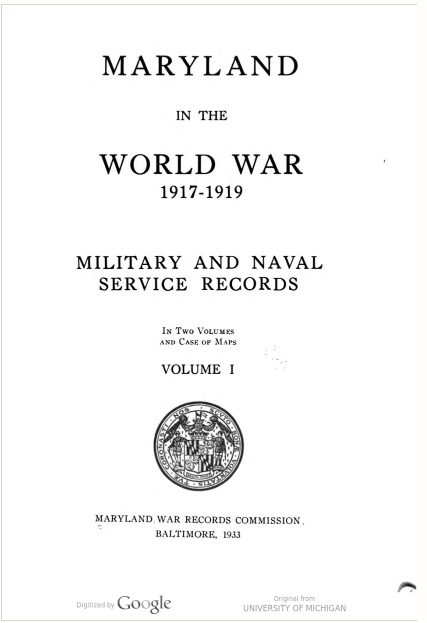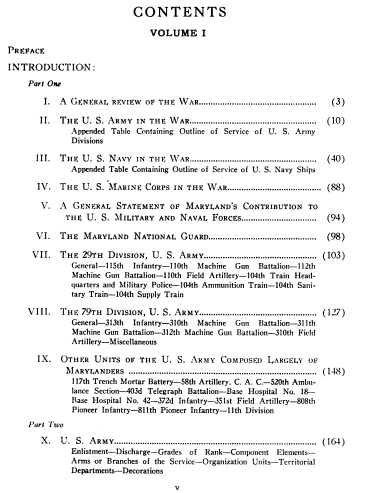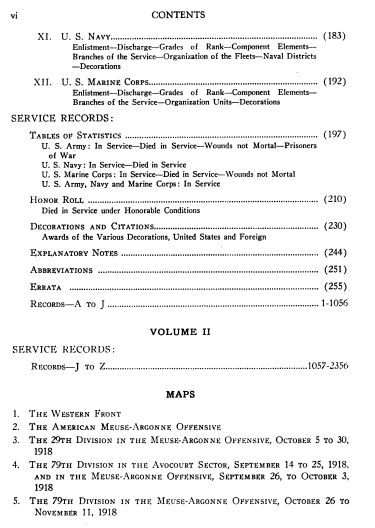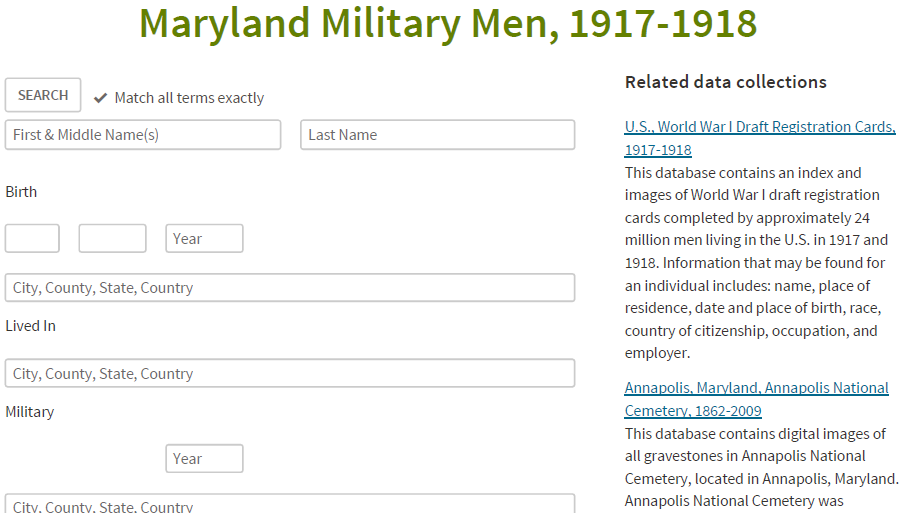WWI Military Organizations: Finding More
So, you used the service summary cards or the U.S. Army Transport Service records to find your WWI soldier’s military organization. Now you want to find out more.
As much as it pains me to say, sometimes jumping into Google does not yield too much. Recently, I had a situation like that.
The organization in question was the 60th Engineers. It was proving very difficult to find much information about them.
So, I asked an historian, Peter Belmonte, for some ideas. Peter is the author of two volumes (so far) of “Calabrian-Americans in the US Military During World War I”, and “Days of Perfect Hell: The U.S. 26th Infantry Regiment in the Meuse-Argonne Offensive, October-November 1918”, and co-author of other books about WWI. (His books are available at Amazon, and he has generously agreed to a future interview for this blog.)
Peter recommended the “Order of Battle of the United States Land Forces in the World War, Zone of the Interior: Directory of Troops Volume 3, Part 3 contains Chapter V, Directory of Troops“. This reference shows when the organization was established, its stations in the U.S. and place of embarkation and the dates it served overseas.

The entry for the 60th Engineers appears on page 1336 of Volume 3. They were a standard gauge railway operation battalion, and the same month that they arrived in Europe, September 1918, they were converted to the 60th Regt T. C. The engineer corps railway units had converted to the transportation corps.
![]()
Following this thread in the same reference, we find that the 60th Regiment of the Transportation Corps served overseas from September to December 1918. The S.O.S. troops provided Services of Supply.
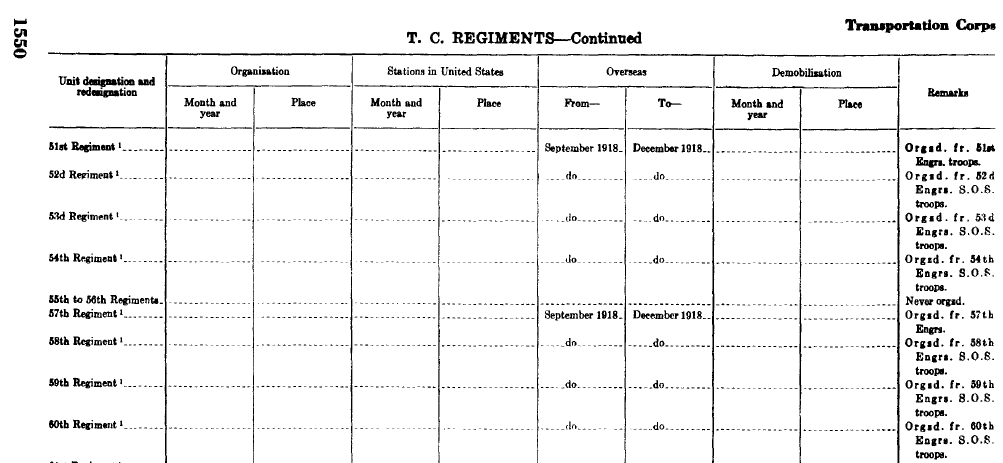
Having this information also gives you another avenue of searching, records for the 60th Regiment Transportation Corps.
The lesson to learn here is if you cannot find much information about a military organization, do a little digging to see if it might have been redesignated or reorganized.



